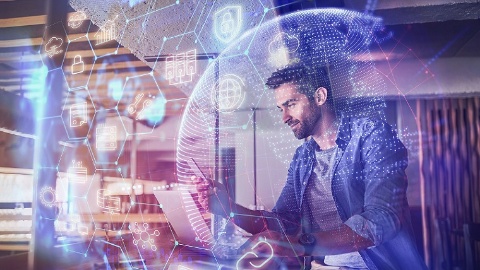- Always keep software up-to-date.
- Use an anti-virus scanner and a firewall.
- Use strong passwords and protected password managers. Use at least 10, or even better 12, characters containing numbers, upper-case and lower-case letters and special characters, and use a different password for each service. Best of all, make up nonsense passwords: One expedient way is to take the initial letters in a sentence and add numbers and special characters. “I go to New York every May 31 and visit the Statue of Liberty!” then gives the password IgtNYeM31&vtSoL!
One more advice: For important accounts such as your bank, enable multi-factor authentication (MFA). When you login to such an account, an extra code will be sent to you to verify your desire to login. An attacker who has your password won’t have that extra code so they will be stymied. Among MFA methods, typically, an authentication app is more secure than a text message sent to your phone because attackers have figured out how to grab such text messages. - Work on your computer as a normal user and not as an administrator, since the latter has wider access to the system. If your computer has been infected by malware and you are logged on as the administrator, any infected software that you run likewise has extended rights and can cause greater damage.
- Do not click on links in e-mails, and be careful when opening attachments, especially if you don’t know the sender. Check all attachments with an anti-virus scanner before opening them.
- Save all your important data regularly on another hard drive or in the cloud. (Note that this will not prevent ransomware from encrypting this data. To stop ransomware, you must burn your data to a DVD or store it on a drive that you then make read-only.)
- Encrypt sensitive data and e-mails.
- Be careful about what information you divulge on the Internet.
- Do not connect to an unprotected WLAN (wireless local area network). If you need a network urgently, use your smartphone with a cellular data connection.
- Be attentive and critical when you surf the web, write e-mails or work on the computer. Don’t believe everything you read, even if it seems to come from a trusted party. They may be accidentally passing on incorrect information or even a virus. Do not click on links or download files without great caution. If an email seems odd or requests special favor, call the sender to verify it really came from them.
- Do not use the same passwords for different systems.
- When you purchase a new smart home device, change the standard password it comes with right away.
- Do not download any apps and/or computer programs from websites that are not trustworthy.










